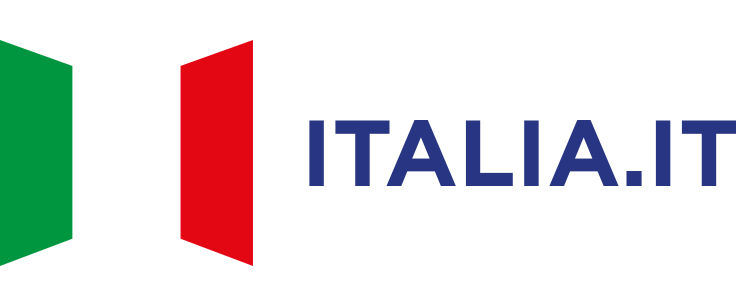Explore the huge artistic and cultural heritage of Italy discovering its treasures. visit extraordinary churches, museums, and art galleries. From Renaissance masters to contemporary artists, some of the most beautiful art in the world can be seen in museums in Italy. Enjoy a getaway or holiday in the Made in Italy culture.
This content was automatically translated. View the original text.


